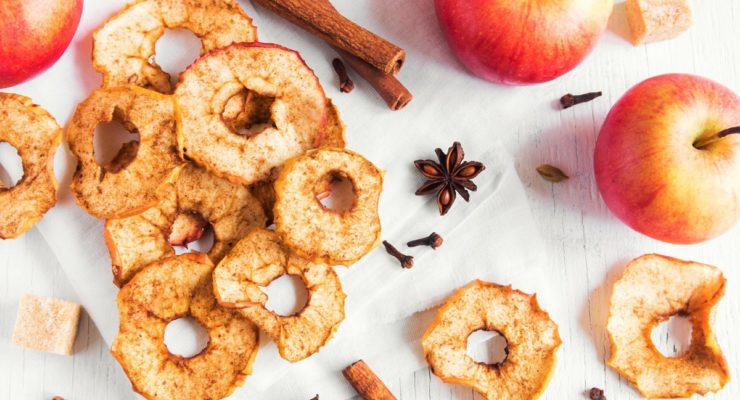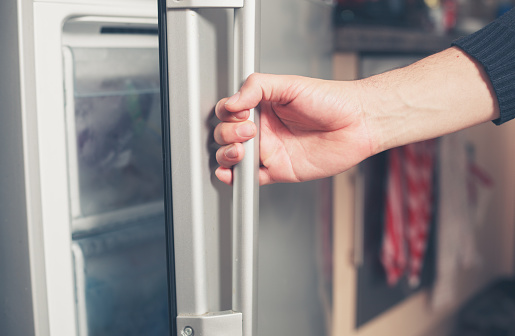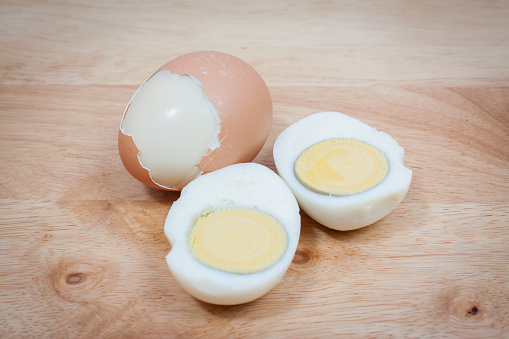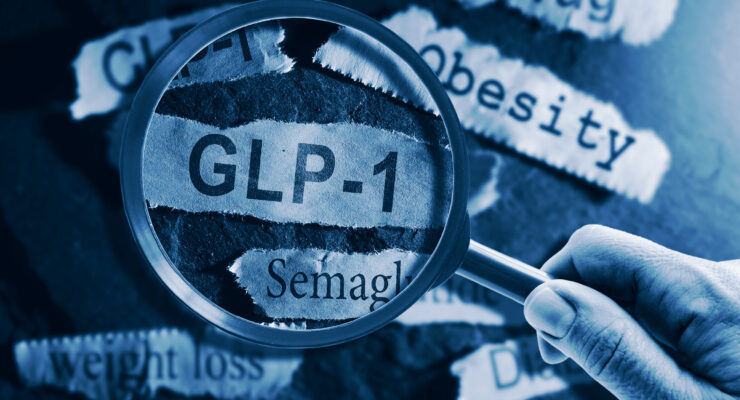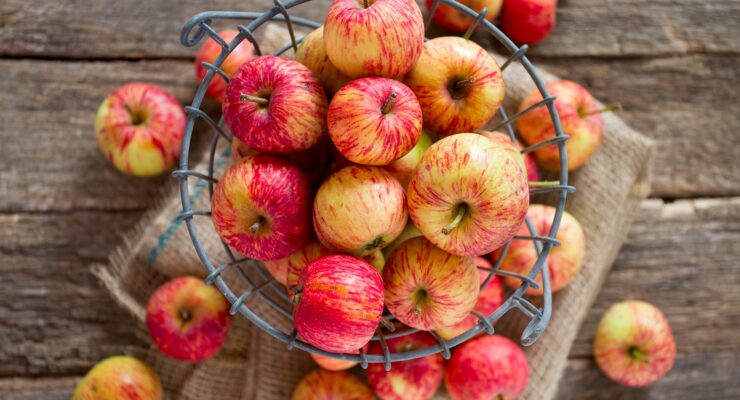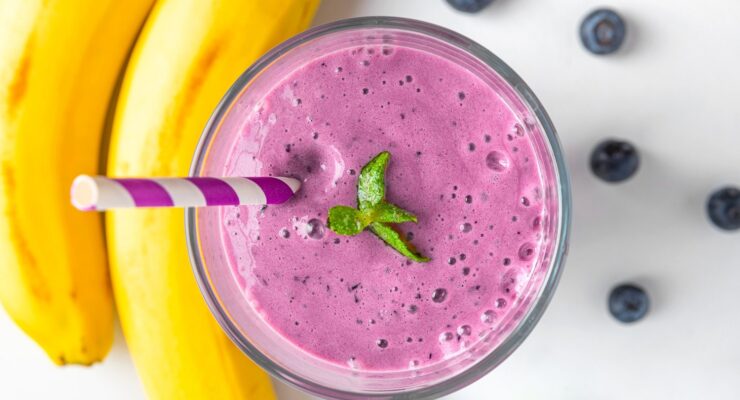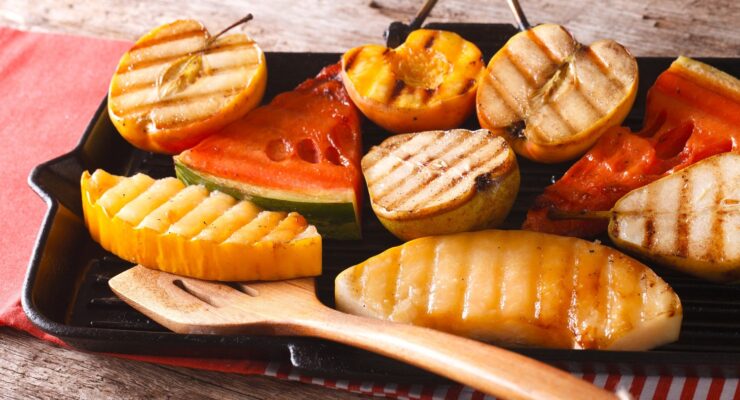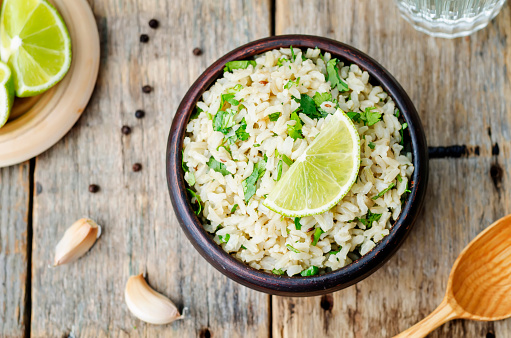
Anyone who’s ever tried to eat healthy learns the facts of life at the checkout: Healthy food can be expensive. But it doesn’t have to be, says Mandi Knowles, a registered dietitian nutritionist for Nutrisystem. It just takes a little smart shopping and a pared-down shopping list that includes cheap, versatile basics and none of the processed foods that contribute too much fat, sugar and sodium to your diet. Stock up on these cheap healthy foods that don’t diminish your bank account!
Here are some cheap foods that Mandi recommends for your healthy grocery list:
1. Brown Rice and Whole Grains
Brown rice has only 108 calories per half cup cooked, along with two grams of fiber and three grams of protein. And since it’s minimally processed, it also has all the good nutrients that white rice lacks, including 88 percent of the daily recommended value of manganese. Never heard of manganese? It’s a mineral that your body uses to make one of the most powerful antioxidants of all—one that helps prevent cellular damage caused when your body produces energy from the food you eat. Other whole grains include corn, wheat, oats, amaranth, barley and the ever popular quinoa, a seed which has even more protein and fiber than brown rice for about the same calories. Studies have found that people who eat whole grains have less cancer, heart disease, respiratory illness and may live longer than those who don’t eat them. Brown rice, quinoa and other whole grains are convenient to buy in bulk. For example, at Costco, brown rice costs as little as $1.17 a pound, while quinoa is about $2.87 a pound. And you can cook a large quantity once a week and serve them several times—for stir fries, a side dish mixed with cooked or roasted veggies, or even cold as a salad.
2. Canned and Dried Beans
Want to drop your cholesterol, blood sugar and blood pressure? The answer is beans. Kidney, northern, cannellini, lentils, fava, navy, black, pinto—these high-protein legumes have all be shown to improve heart health significantly. In one analysis of 10 studies, the average bean-eater—who ate them for a minimum of three weeks—saw total cholesterol drop by almost 12 points and bad cholesterol go down by more than eight points. In another study, those who ate a cup of beans a day for 10 weeks also lost weight and trimmed their waist size. Have beans with brown rice, turn them into chili, toss them into soups, or add them to salads. A half a cup of legumes is about 115 calories, with seven to nine grams of fiber and eight grams of protein. Dry beans are cheaper, costing about $1.79 a pound which makes 12 ½ cup servings, says The Bean Institute. Store brands can be cheaper. Look for slow cooker dinner recipes to make dry beans a convenient option—set it and forget it! Canned beans are great to have around for last minute dishes. Just make sure you get low-sodium versions or rinse the beans before using to remove excess sodium. They’re more expensive—anywhere from $1.19 to $1.69—and each can only make about 3.5 ½-cup servings.
3. Frozen Vegetables
Eating local is best. The less time it takes produce to get from the field to your table the better, since produce loses nutrients over time, including when it sits for days in your fridge. One British study estimates that the “fresh” zucchini you served last night had already lost 45 percent of its nutrients by the time you got it on the table. But here’s the thing: Most frozen vegetables are processed right after they’re picked at peak freshness, sealing in some of those nutrients. For example, several studies have found that frozen veggies lose less of their vitamin C and their healthy antioxidants than even refrigerated fresh veggies. Best of all, frozen veggies have no additives (avoid the ones with sauces and butter), are already cut into bite-sized pieces, and cook up in a flash (or in the microwave). And in the winter particularly, frozen veggies and even fruit are often a cheaper option than fresh, which may have traveled hundreds of miles to get to your supermarket. Yes, transportation is included in the cost.
4. Rolled Oats
This healthy breakfast comfort food has some serious health benefits, not the least of which is that the fiber it contains boosts levels of the appetite-controlling hormone peptide Y-Y in the body. Studies have found that eating oats (and its fiber, beta glucans) also reduces the risk of type 2 diabetes, lowers bad cholesterol, drops blood pressure and boosts the immune system to help it fight bacteria, viruses and fungus. Mixed with some whey powder, raisins, seeds and cinnamon, turn your oats into energy balls for a quick high-fiber and protein pick-me-up. You can get 42 ounces (store brand) for under $2.50 at a discount supermarket such as Walmart. One-half cup of cooked oats is a serving. Calories: 80.
5. Eggs
Science has finally released eggs from the time-out corner. Studies have found that even though yolks have a lot of cholesterol, it really doesn’t affect blood cholesterol very much. A recent study from Yale found that even people with heart disease could safely eat two a day without upping their risks. And University of Connecticut researchers found that eating three eggs a day actually raised good cholesterol in people with metabolic syndrome—a group of symptoms predisposing you to heart disease and diabetes. One reason for the good news: Eggs—a cheap source of protein—contain nutrients that help prevent heart disease, including vitamin D, vitamin B12, riboflavin and folate. They’re also rich in lutein which may help prevent eye conditions such as cataracts and macular degeneration. A dozen eggs generally costs less than $3 in most places, though the price has been dropping (down to about $1.50 on average), according to the US Bureau of Labor Statistics. These reasons make eggs one of our favorite cheap foods on the Nutrisystem PowerFuel list.
6. Low-Sugar, Low-Sodium Tomato Sauce
The powerful antioxidant in tomatoes—lycopene, linked with lower risk of cancer, stroke and heart disease—is actually better absorbed from cooked tomato products than from a fat, juicy tomato picked from your garden. It’s also helped when it’s accompanied by a little healthy fat (think olive and canola oil). At 70 calories a cup, tomato sauce is actually a pretty good source of fiber (3.7 grams, as much as many whole wheat breads) and contributes 20 percent of the vitamin A and 30 percent of the vitamin C you need every day. Add it to casseroles, brown rice dishes and, of course, whole wheat pasta. Toss in extra veggies for even more nutrients, or make “noodles” from zucchini or eggplant for a starch-free “pasta” dish. Jarred sauce may contain more sugar and sodium than you want, plus it’s more expensive. You can get a 29-ounce can (store brand) for $1 or less—add your own extra ingredients for more flavor. Cheap foods that are healthy and packed with flavor? Count us in!
7. Lean Chicken Breast
You probably already know the dieter’s best friend. A three-ounce piece of lean chicken breast (that’s half a boneless breast with no skin) gives you 19 grams of filling protein for only about 102 calories. A 2009 study in the Journal of Nutrition found that boosting protein in the diet helps you feel fuller so you don’t overeat—and protein has been shown to help alter body composition so you build more calorie-burning muscle and shed belly fat. Wait, it gets better. Chicken also contributes significantly to your daily needs for vitamin B6 and B12, the minerals selenium and phosphorous, and choline, an essential nutrient often grouped with the B vitamins. Though boneless, skinless white meat chicken can cost a little more, you can often get it cheaper by buying family packs, which you can repackage and freeze at home. Prices have been dropping—to a low of $2.95 per pound in July 2016, according to the US Bureau of Labor Statistics. Stock up on cheap protein foods like chicken breast the next time you go grocery shopping.
8. Lean Ground Turkey
Not all ground turkey is the same. To get real lean ground turkey, look for the word “breast” on the package, meaning it contains only white meat. Some ground turkey is 99 percent fat free. They call it “extra lean” on the label and it’s more expensive. There are about 120-150 calories in a three-ounce serving. Satiety level is high—you’ll feel fuller longer on the 22-26 grams of protein in this versatile meat, which can be turned into burgers, Sloppy Joes, meatloaf, meatballs, stuffed into peppers, or added to soup, tacos and chili (with those great legumes and tomato sauce). It’s also high in selenium, choline and zinc and provides about 20 percent of your daily requirement for niacin. According to the USDA, prices for ground turkey breast as of August 2016 range from $4.61 to $5.38 a pound , and for lean turkey the range is $2.50 to $3.99 a pound.
9. Plain, Fat-Free Greek Yogurt
With twice the protein as regular yogurt and 40 percent less sugar, Greek-style yogurt makes a filling base for low-cal sauces, dips, dressings and desserts. It’s also a cheap option among healthy breakfast foods. Its primary health benefit is all the good bacteria it contains, which promotes digestive health and, according to new research linking gut bacteria with obesity, may help you get and stay slim. In one study at the University of Tennessee, dieters who ate 18 ounces of yogurt a day lost 22 percent more weight and 80 percent more belly fat than those who didn’t have a daily yogurt snack. A dairy product high in the mineral’s potassium, calcium and magnesium, it can also promote healthy blood pressure and, of course, bone health. You save on Greek yogurt buy going big: At one discount market we checked [Walmart], you could get a 32-ounce container for $3.78. (Average prices, according to the USDA, range from $3.88 to $4.55 depending on your part of the country; lowest prices are in the Midwest.)
Ready to get started on the path to a healthier you? Get started with Nutrisystem today!

